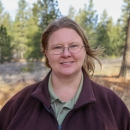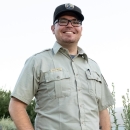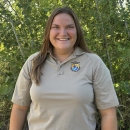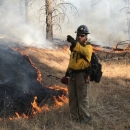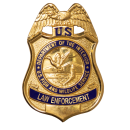Contact Us
We'd love to hear from you! Feel free to call or email us with your question, comments, or concerns.
Email Address
Key Contacts
Project Leader
National Wildlife Refuge System
Expertise
Facilities Management,
Habitat Restoration
Area
WA
ID
Cheney,WA
Deputy Project Leader
National Wildlife Refuge System
Additional Role(s)
Refuge Manager
Expertise
Restoration Ecology,
Wetland Management
Area
WA
ID
Cheney,WA
Image

Administrative Officer
National Wildlife Refuge System
Area
WA
ID
Cheney,WA
Supervisory Park Ranger
National Wildlife Refuge System
Additional Role(s)
Visitor Services Manager,
Volunteer Coordinator,
Visual Information Specialist,
Social Media Manager,
Public Information Officer
Expertise
Interpretation,
Environmental Education,
Geology,
Graphic Design,
Digital & Social Media
Area
WA
ID
Cheney,WA
Wildlife Education Specialist
National Wildlife Refuge System
Area
WA
Cheney,WA
Wildlife Biologist
National Wildlife Refuge System
Expertise
Wildlife Biology,
Herpetology
Area
WA
Cheney,WA
Biological Science Technician
National Wildlife Refuge System
Expertise
Ecological Monitoring,
Surveying,
Prescribed Fire Management,
Invasive Species Management
Area
WA
Cheney,WA
Invasive Species Technician
National Wildlife Refuge System
Area
WA
Cheney,WA
Hydrology Fellow
National Wildlife Refuge System
Expertise
Hydrology,
Geology
Area
WA
Cheney,WA
Private Lands Biologist
Partners for Fish and Wildlife,
National Wildlife Refuge System
Expertise
Habitat Restoration,
Wetland Delineation,
Topographic Surveys,
Beaver Dam Analogs,
Project Permitting
Area
WA
Cheney,WA
Maintenance Worker
National Wildlife Refuge System
Additional Role(s)
Heavy Equipment Operator
Expertise
Heavy Equipment Operation,
Heavy Equipment Maintenance
Area
WA
Cheney,WA
Archaeologist
National Wildlife Refuge System
Expertise
Archaeology
Area
WA
ID
Cheney,WA
Fire Management Officer
Fire Management,
National Wildlife Refuge System
Area
WA
ID
Colville,WA
Assistant Fire Management Officer (AFMO Operations)
Fire Management,
National Wildlife Refuge System
Additional Role(s)
Complex Training Officer,
Hiring Manager for Fire Staff
Expertise
Fire Suppression,
Prescribed Burns,
Safety
Area
WA
Cheney,WA
Assistant Engine Captain
Fire Management,
National Wildlife Refuge System
Area
WA
ID
Cheney,WA
Wildland Firefighter
Fire Management,
National Wildlife Refuge System
Area
WA
ID
Cheney,WA
Fire Management Specialist (Prescribed Fire & Fuels)
Fire Management,
National Wildlife Refuge System
Area
WA
Colville,WA
Wildland Firefighter (Fuels)
Fire Management,
National Wildlife Refuge System
Area
WA
ID
Cheney,WA
Patrol Captain, Region 1 Pacific Inland Zone
Office of Law Enforcement,
Refuge Law Enforcement,
National Wildlife Refuge System
Expertise
Law Enforcement
Area
ID
WA
OR
Nampa,ID
Other General Contacts
Refuge Law Enforcement




